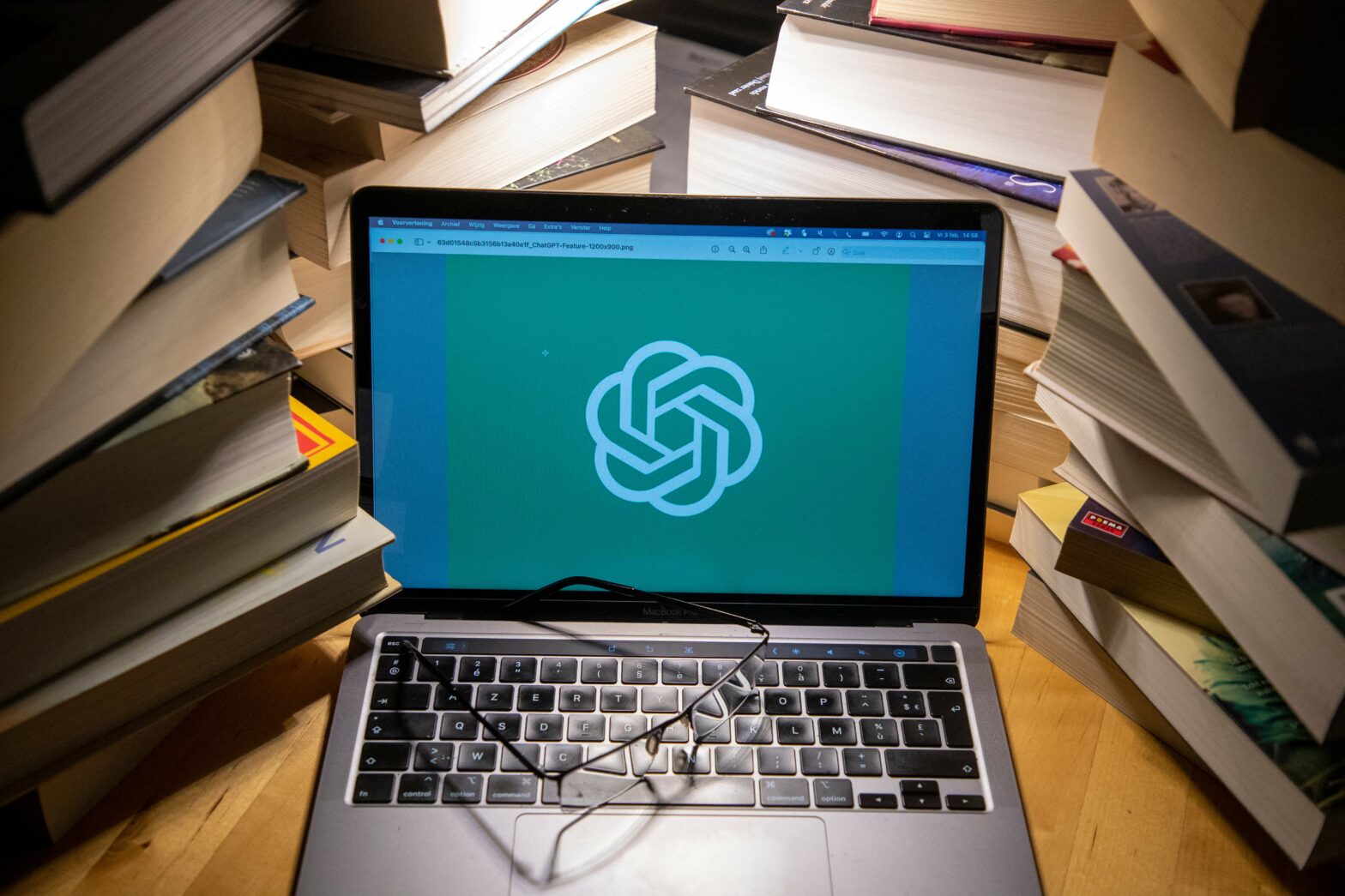Claimed to demonstrate “human-level performance” on academic and professional examinations such as the US bar and SAT school tests, GPT-4 is available via the $20 a month paid version of ChatGPT.
The model has been embedded in a number of apps, including language learning app Duolingo, and Morgan Stanley Wealth Management, reported the FT.
In the case of Duolingo, two paid subscription features utilising the software are being made available to users: an AI conversation partner, and a tool that explains corrections to mistakes, said The Times.
According to OpenAI, in testing GPT-4 scored in the 90th percentile on the Uniform Bar Exam — ChatGPT, by comparison, scored in the 10th percentile — but has encountered pitfalls, including ‘hallucinations’, context limits, and an inability to learn from experience.
A spokesperson said: “Care should be taken when using the outputs of GPT-4, particularly in contexts where reliability is important”.
The new software will be embedded into Microsoft‘s Bing chatbot, which was released with limited status earlier this year, while Microsoft is expected to roll-out further integrations into consumer products in the following days — all in line with a recently extended partnership.
The developer also revealed that the software had been through stress tests, setting out possible risks envisioned around bias, disinformation, privacy and cyber security.
Additionally, it’s been said that like its predecessor, GPT-4 can become susceptible to the output of “generate potentially harmful content, such as advice on planning attacks or hate speech”, while being able to express biases and various world views.
“It can also generate code that is compromised or vulnerable,” an OpenAI spokesperson added.
However, while the release of previous models such as GPT-3 included technical details regarding the model architecture and training of data, this is not present currently for GPT-4’s release, with competitive and safety concerns said to be key factors.
Describing images
When it comes to image input, the upgraded chatbot is able to provide detailed descriptions on the image in question, as well as questions to queries about photos — similar to computer vision.
This aspect of the upgrade seems to further show OpenAI’s aim to compete with the Google search engine, which also includes search using images, but is yet to have answer-giving capabilities, with Google’s Bard chatbot offering still only open to a limited pool of testers.
OpenAI has also announced a partnership with Be My Eyes — a Danish start-up that pairs people with visual impairments with human volunteers — to help guide or help users who are blind or partially sighted.
A claim made by a Microsoft executive that GPT-4 can create video, meanwhile, is yet to come to fruition.
A battle of innovation
With the big three cloud computing vendors — Microsoft, Google and Amazon Web Services — now all in on the generative AI space (AWS announced a partnership with AI community Hugging Face last month), the chatbot race appears to be bringing a new facet to the global innovation battle.
“There is already something of an AI arms race emerging, with the major cloud players building out their capabilities in this area – see Google’s Bard or AWS’s partnerships with OpenAI’s rivals – to convince potential customers that they are the only home for AI innovation,” said Gordon McKenna, vice-president, cloud evangelist & alliances at Ensono.
“Fundamentally, the arrival of GPT-4 is an important milestone on the path to Artificial General Intelligence. AI is set to transform all our lives.
“The next decade is going to see the exponential advancement of AI, able to handle increasingly complex use cases and supporting next generation technologies that will make up the Fourth Industrial Revolution.”
Related:
OpenAI and Faculty partner to open generative AI use cases — OpenAI, the developer of ChatGPT, has enlisted UK start-up Faculty to help businesses generate new value opportunities with generative AI.
The challenge of using ChatGPT for search engines — Large language models (LLMs) such as ChatGPT may be emerging as complements for search engines, but there are still pitfalls to consider.










